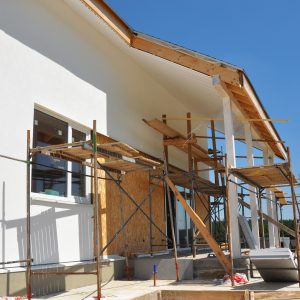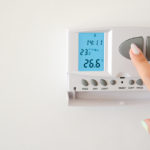 As most industry professionals know, designing truly energy-efficient homes is easier said than done. Even where there’s a desire to adopt them, new building technologies, strategies, and innovations can be more costly than standard building methods. They can also be difficult to source locally, making adoption even more problematic.
As most industry professionals know, designing truly energy-efficient homes is easier said than done. Even where there’s a desire to adopt them, new building technologies, strategies, and innovations can be more costly than standard building methods. They can also be difficult to source locally, making adoption even more problematic.
These are some of the problems the LEEP program (Local Energy Efficiency Partnerships) was designed to address. Started by Natural Resources Canada, the LEEP program brings local builders and trade professionals together into a collaborative workshop and technology forum, where the group collectively assesses and compares a wide variety of energy efficiency technologies. Together, they identify the technologies and methods most appropriate for the environmental demands of their region.
LEEP has been in action for several years now, and in partnership with BC Housing has recently released a new series of case study videos to showcase the process of using LEEP to build energy-efficient homes. Together with a series of field trial videos from Natural Resources Canada, they have lots of great advice for all industry pros.
But for HVAC installers, in particular, the videos contain several key highlights that stand out as significant opportunities for growth and specialization.
The importance of an integrated design process
LEEP is, by nature, a highly collaborative process, and it encourages collaboration to continue right through the design and construction phases of a new home or building.
That means every crew, trade pro, consultant, and specialist involved in the construction of a new home needs to be on the same page from the get-go. It starts at the planning stage and continues all the way through to completion.
HVAC specialists and installers often get parachuted in to a project long after it has begun, but LEEP encourages that mindset to change. Mechanical systems are critical to the success of energy-efficient homes, and they need to be integrated into the rest of the design process with scientific precision.
Collaborating with an energy advisor
Speaking of scientific precision, working on a high-efficiency home is a good time for HVAC specialists to retire “rule of thumb” thinking when it comes to sizing systems.
Instead, work with the on-site energy advisor to specify heating, cooling, and ventilation systems that are perfectly suited to the home’s needs. The energy advisor will run energy modelling and do room-by-room load calculations to determine the precise energy needs of the home. This eliminates the risk from estimating using a general rule, which was probably not designed for homes with an airtight building envelope.
Ensuring proper airflow in an airtight home
With greater efficiency, a building’s envelope is more airtight. While this is great for lowering a home’s energy costs, it leads to a build-up of stale air inside the home. That’s why ventilation and fresh air management is so vital in a high-energy home.
For HVAC companies, this is an opportunity to specialize in recommending and installing HRV (heat recovery ventilation) or ERV (energy recovery ventilation) systems in high-efficiency buildings. These systems not only exchange stale inside air for fresh outdoor air, they also help lower energy costs by recovering heat from exhaust air. They can also work in tandem with a heat pump to further lower energy costs and increase efficiency.



